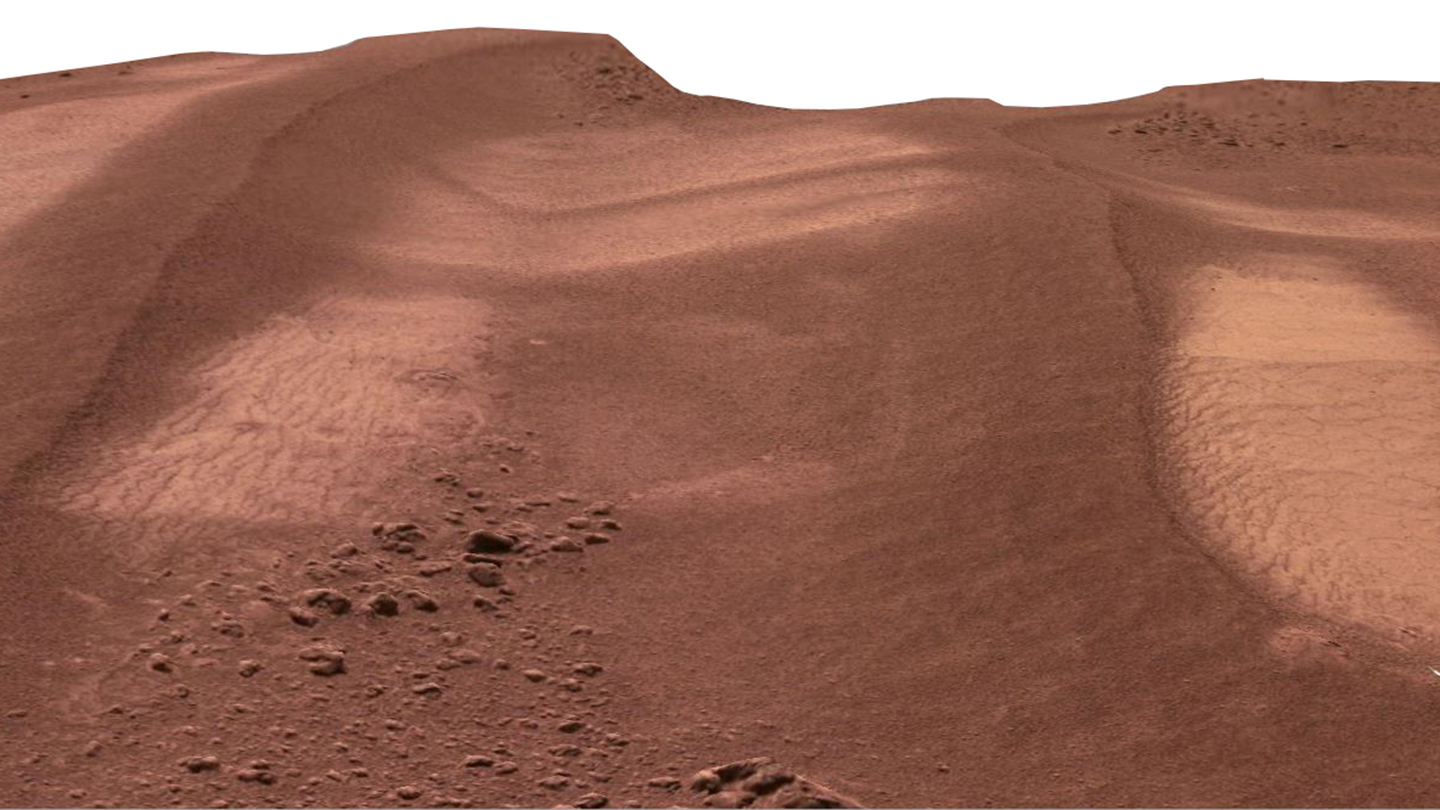Space news stories
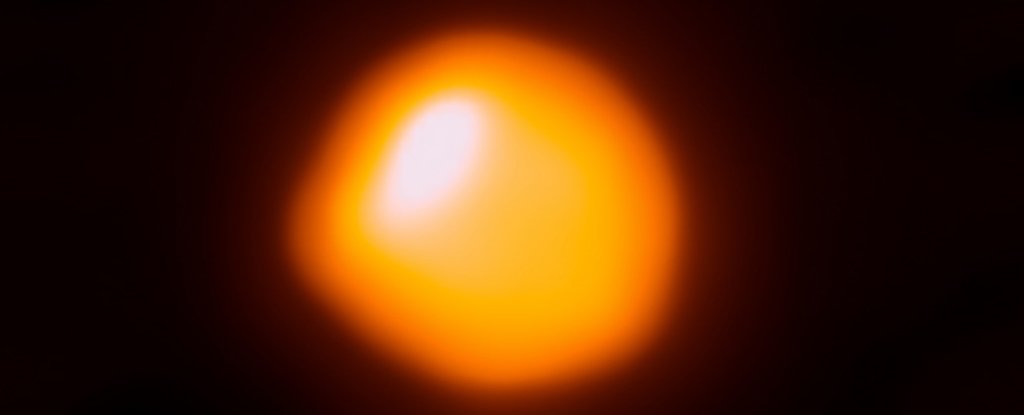
Since what has come to be known as the Great Dimming that took place in the latter half of 2019 and early 2020, the red giant star Betelgeuse just will not stop with the wackiness.
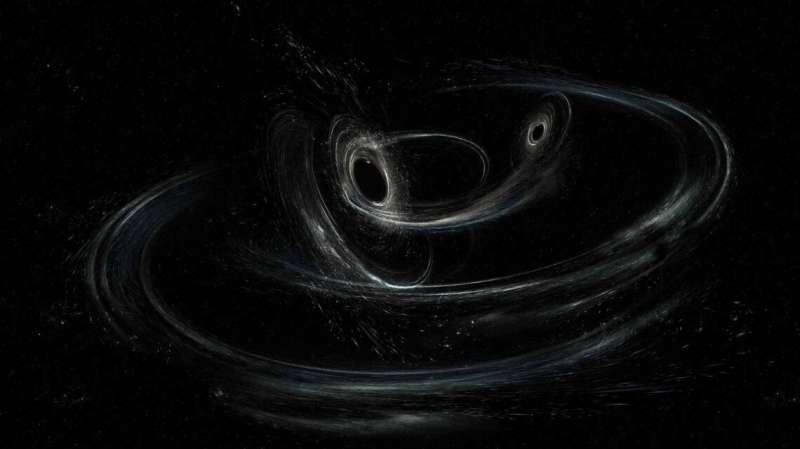
A team of theoretical physicists have discovered a strange structure in space-time that to an outside observer would look exactly like a black hole, but upon closer inspection would be anything but: they would be defects in the very fabric of the universe. Read the paper here.
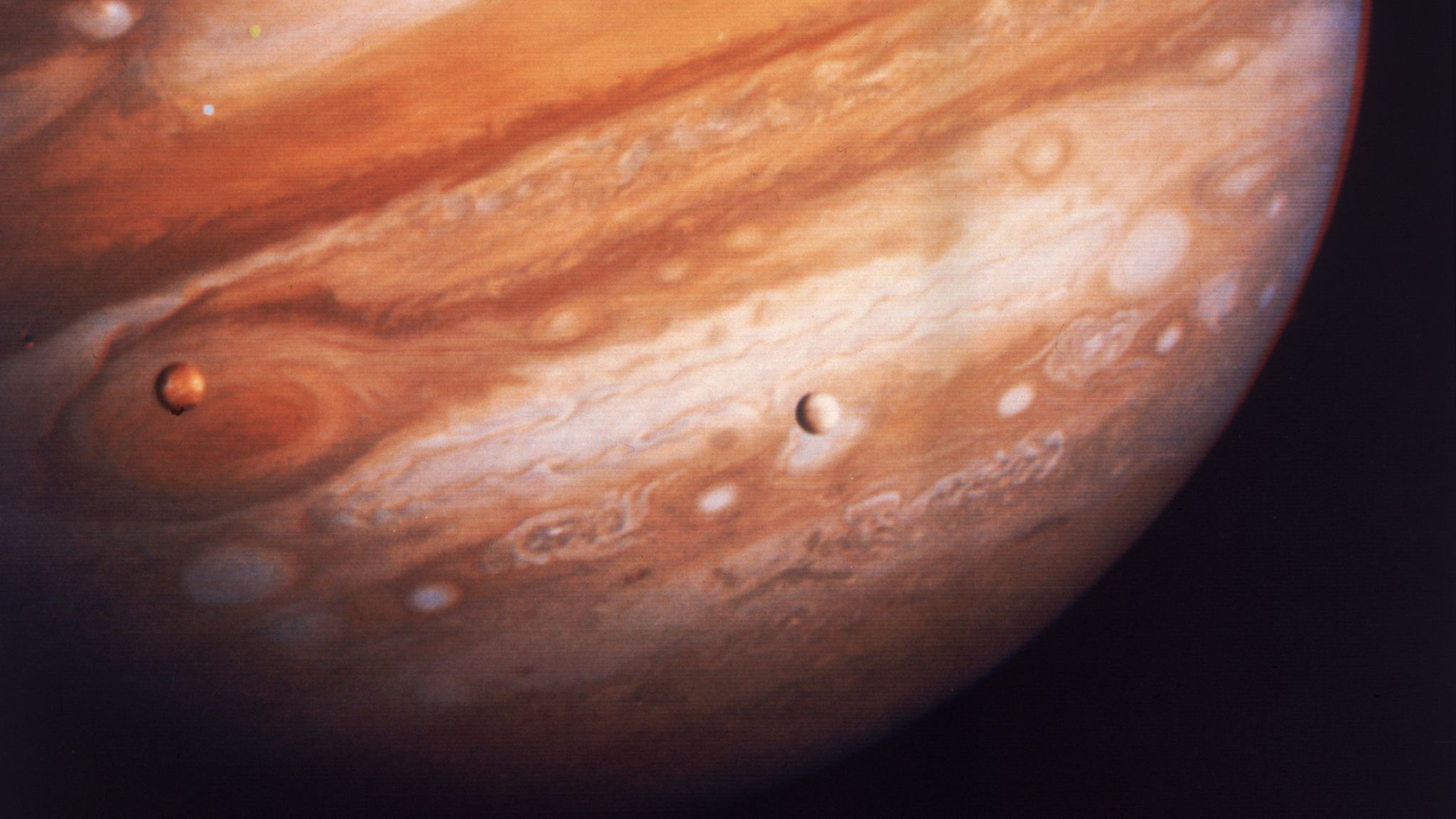
A ground-breaking study of ancient meteorites has provided the first evidence to suggest that Jupiter was once much closer to the sun before it shifted position.

The explosion is more than 10 times brighter than any recorded exploding star – known as a supernova.
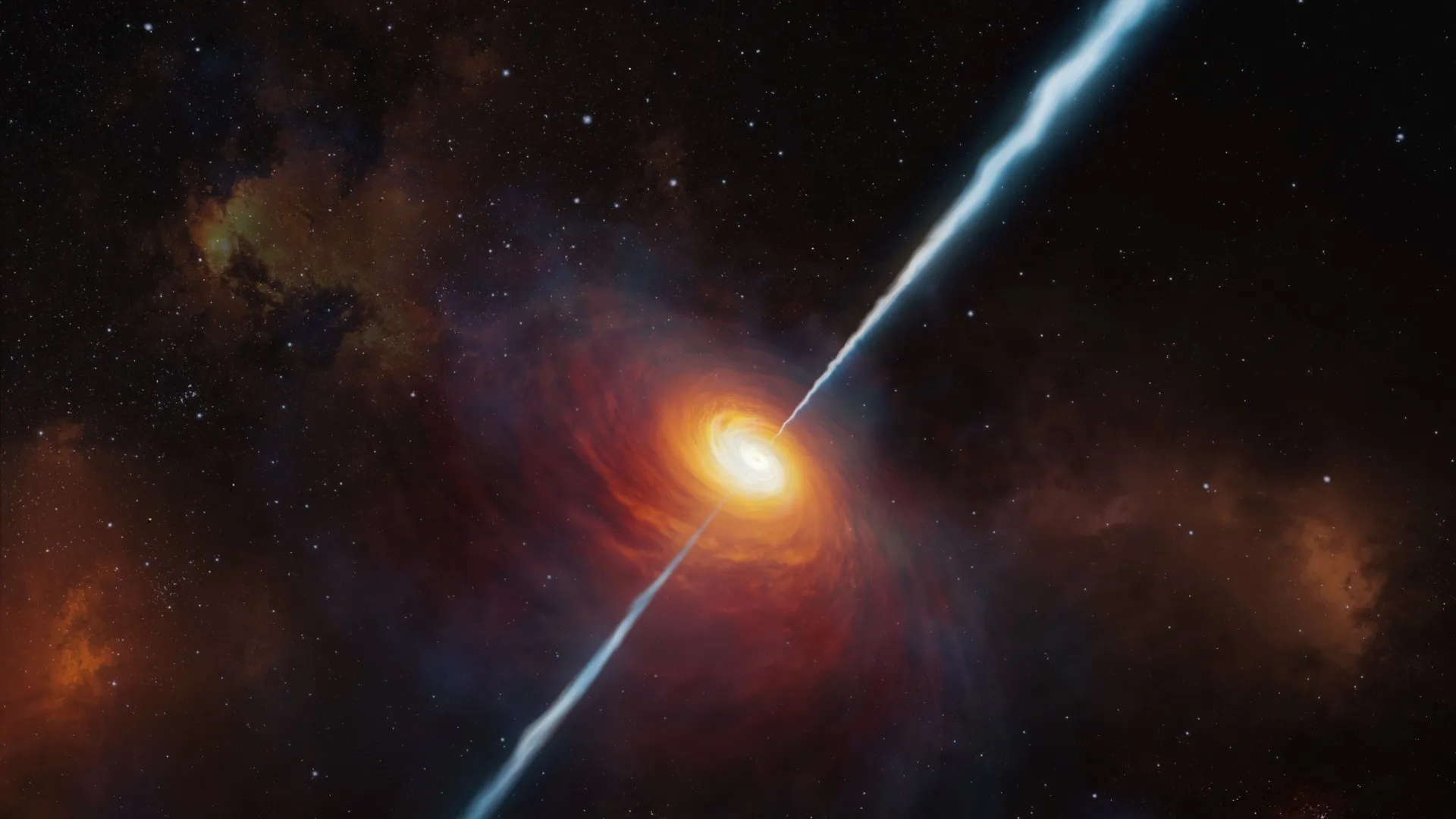
Quasars, the most extreme phenomena in the universe, are triggered when galactic collisions deliver gas to feeding black holes, new research suggests.
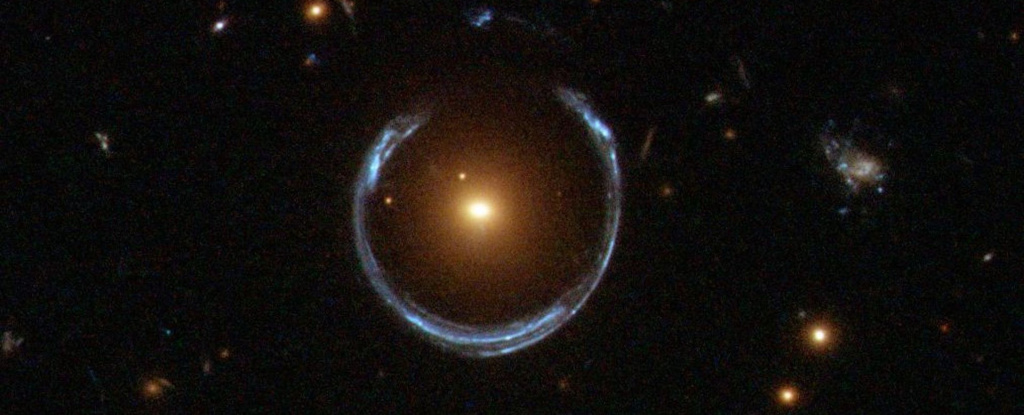
The nature of dark matter is a longstanding puzzle. However, a new study by Alfred Amruth at the University of Hong Kong and colleagues, published in Nature Astronomy, uses the gravitational bending of light to bring us a step closer to understanding.
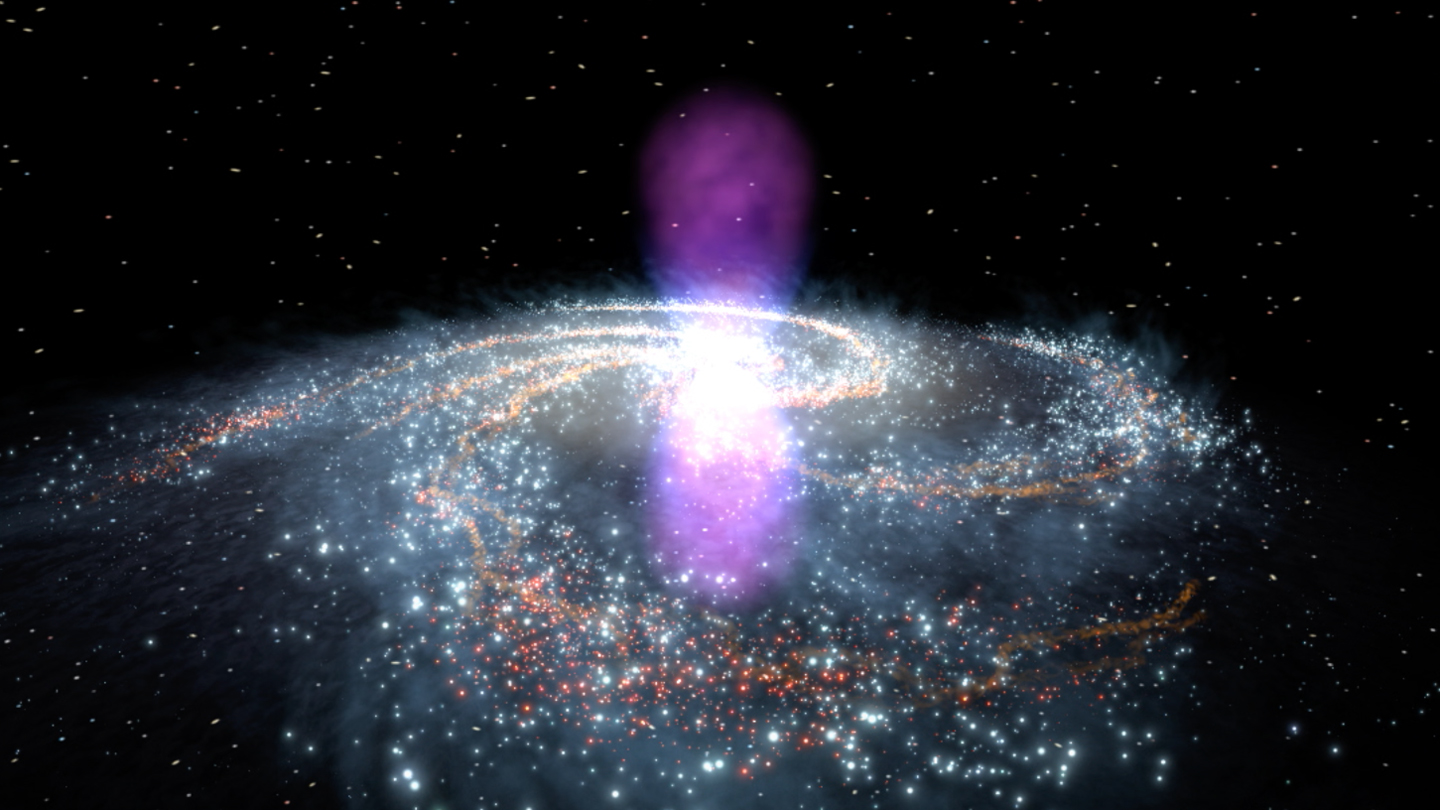
Bubbles of radiation billowing from the galactic center may have started as a stream of electrons and their antimatter counterparts, positrons, new observations suggest.

Hydrogen released during large impacts might have boosted Mars’s surface temperature above freezing for thousands or even millions of years, enabling liquid water to flow over the Red Planet. See research here.
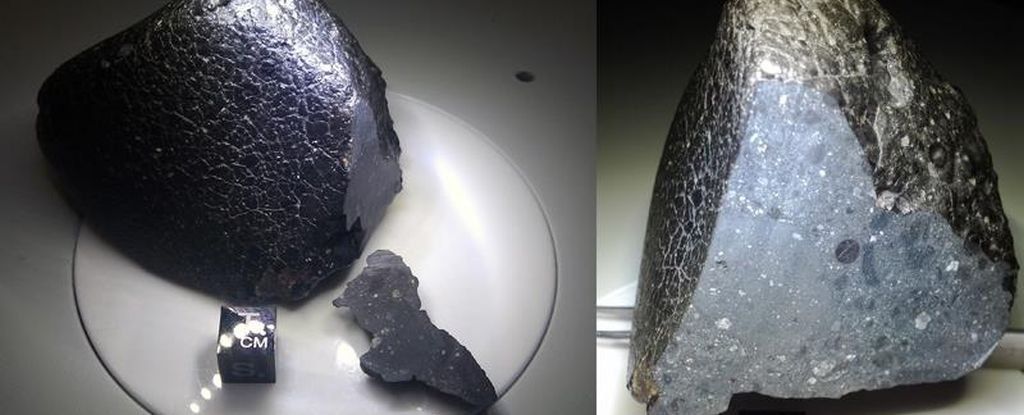
A popular and easy method for validating whether or not a chunk of rock is a meteorite, and what kind of meteorite it is, has been inadvertently erasing invaluable information locked inside. See the research here.
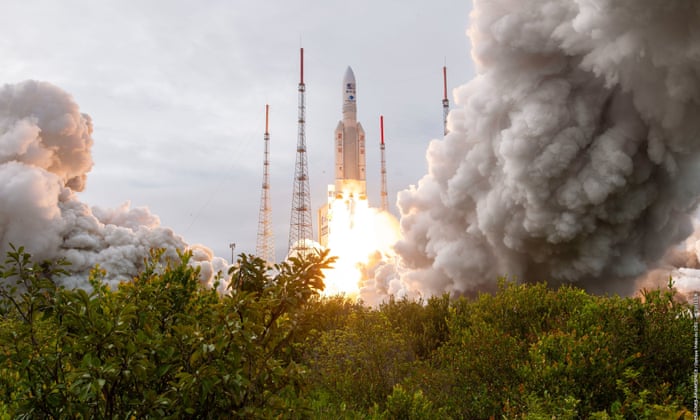
European Space Agency probe due to arrive in 2031 to scan icy moons and study Great Red Spot

What do medieval monks and volcanic eruptions have in common? According to a team of researchers led by the University of Geneva, quite a bit because chronicles from the 12th and 13th century are helping volcanologists to precisely date ancient eruptions based on descriptions of lunar eclipses. See the research here.
Image from: .scopex (Wiki Commons)
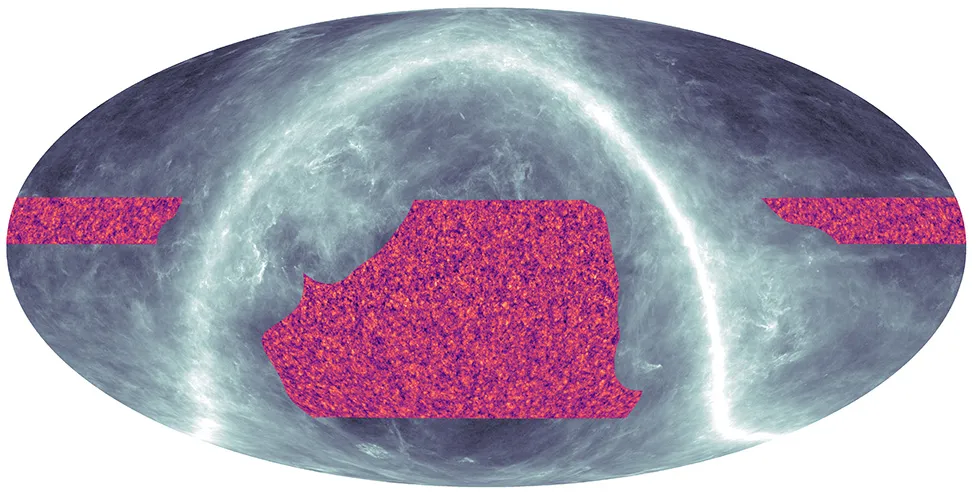
It’s being described as the most detailed ever map of the influence of dark matter through cosmic history. A telescope in Chile has traced the distribution of this mysterious stuff on a quarter of the sky and across almost 14 billion years of time.
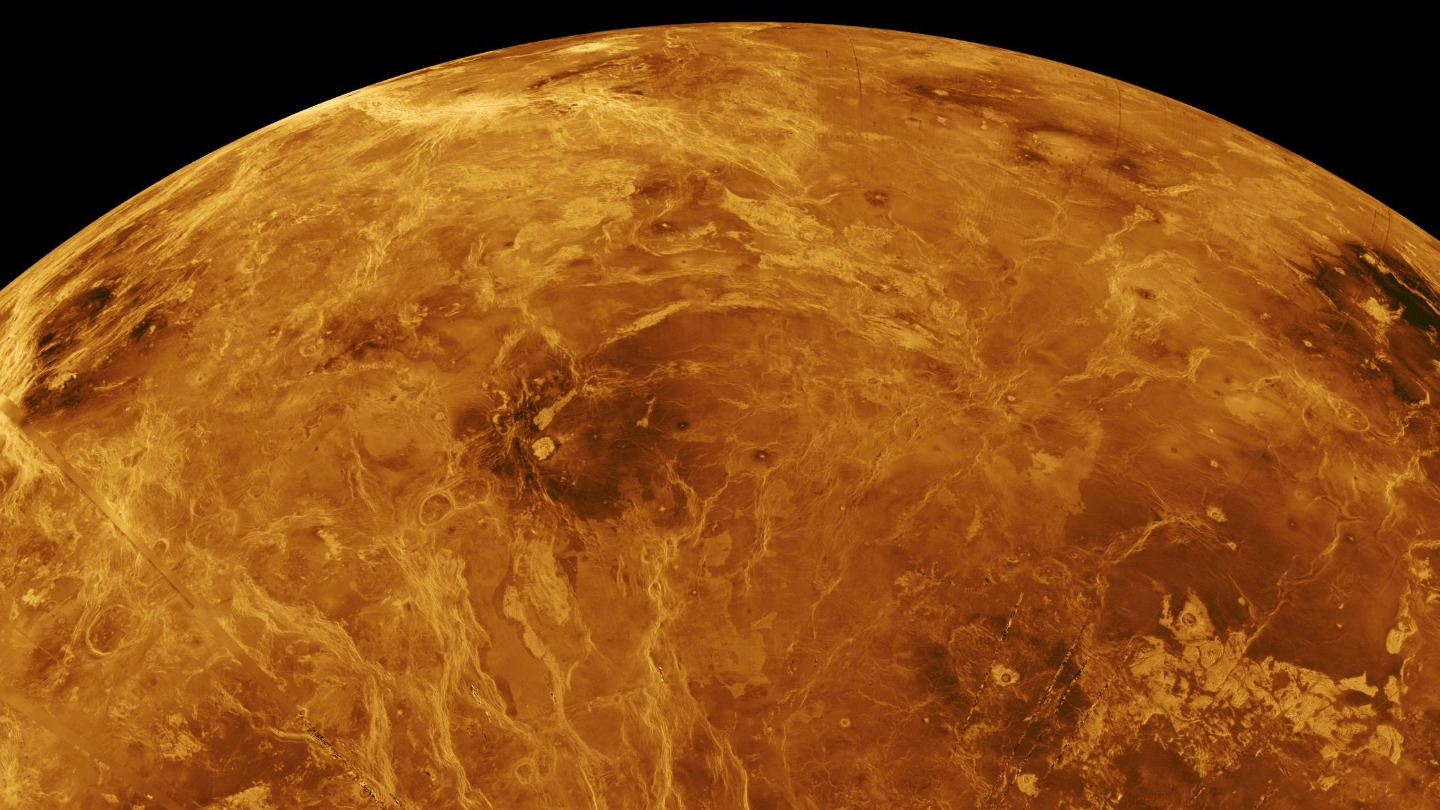
The hellscape of Venus is riddled with even more volcanoes than scientists thought. See the research here.
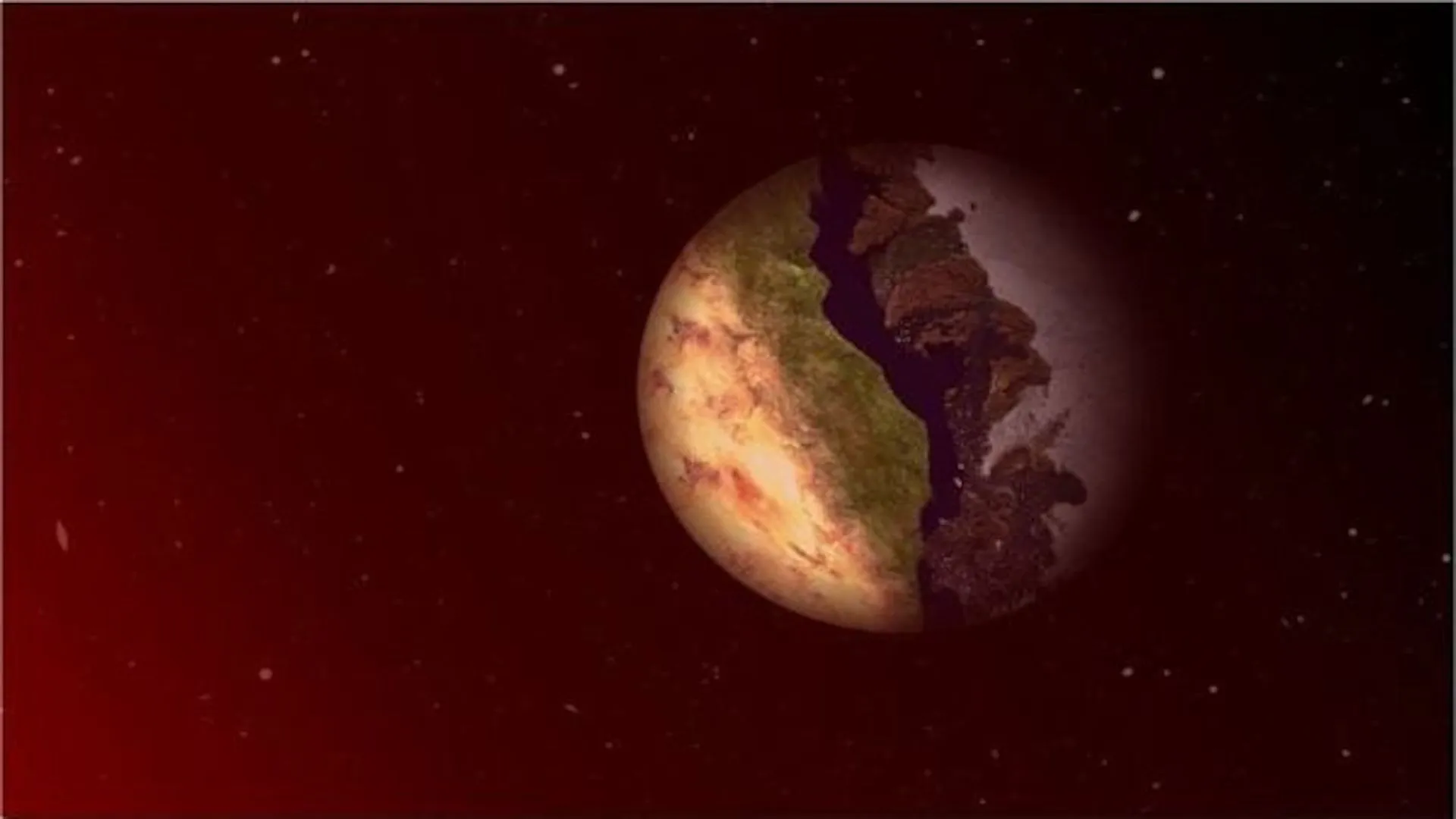
In a new study, astronomers propose that extraterrestrial life could exist in so-called terminator zones, the border between light and dark halves of an exoplanet.

Chief executive and founder of space company ALE, Dr Lena Okajima, says she wants to “inspire wonder and spark scientific curiosity” with an awe-inducing multi-coloured meteor shower, but also hopes to collect crucial atmospheric data that helps humankind tackle climate change.





